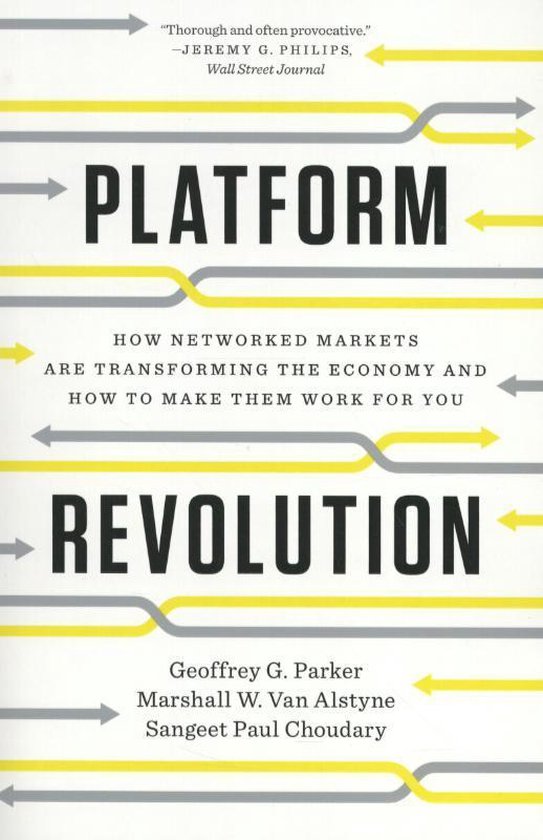Summary
Digital Innovation & Entrepreneurship required readings summary
- Course
- Institution
- Book
In-depth and complete readings summary of all required readings for the course Digital Innovation And Entrepreneurship (6013B0524Y) at the UvA. All required readings have been summarised in detail, including book chapters & articles.
[Show more]




